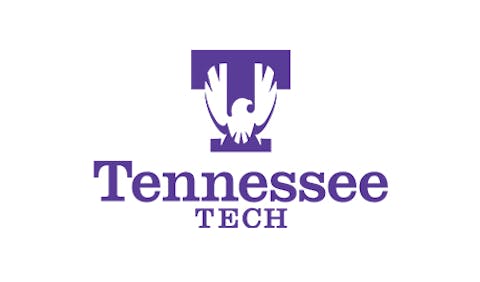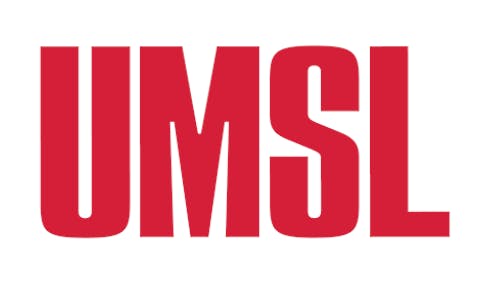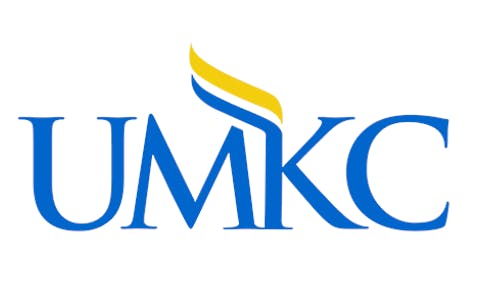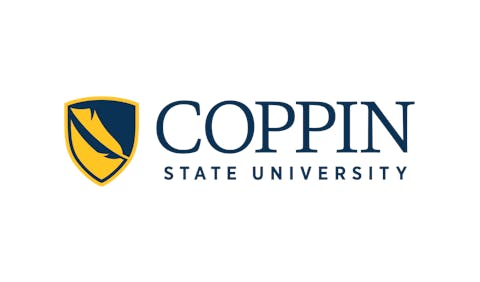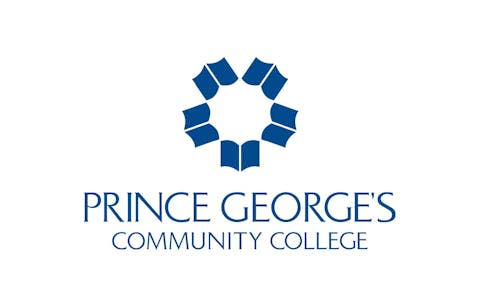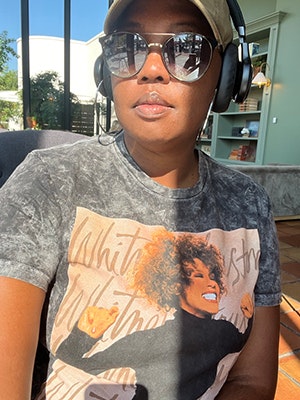Medical assistants are critical to the operation of doctor’s offices, hospitals, and clinics. They do everything from handling patient records and insurance forms to obtaining vital signs, drawing blood, and administering electrocardiograms. And we need more of them than ever: the Bureau of Labor Statistics projects that employment of medical assistants will grow much faster than the average occupation over the next decade. But the supply is not meeting the demand—there’s a national shortage of medical assistants, with cities like San Antonio reporting thousands of unfilled positions. A rare partnership between a group of community colleges and a private, for-profit institution is aiming to fix that.
The Alamo Colleges District, made up of five community colleges, is the largest provider of higher education in South Texas with over 100,000 students, 81% of whom are students of color. They had money from Train for Jobs SA (TFJSA), a city-funded pandemic-era program to help unemployed or underemployed San Antonio residents retrain for high-demand careers. Although they had two medical assistant programs, they were 4-6 semesters and didn’t offer the flexibility that non-traditional students often need. Enter The College of Health Care Professions (CHCP), serving nearly 5,000 students at nine campuses, 85% of whom are students of color. CHCP has a nine-month medical assistant certificate program, with the option for students to choose the timing, modality, and location of their education. Using traditional sources of financial aid and TFJSA funds, Alamo sent a special cohort of 10 students to CHCP’s program at no cost for tuition, laptop, books, and course materials. Students were paid a $15 per hour stipend for their training, and CHCP covered any gaps with grant money.
The students in the cohort were largely non-traditional and reflective of the new majority learner. Nine of them were female, and nine were over 25. Eight were first-generation, and eight were students of color. They all had access to wraparound services from CHCP, including transportation, childcare, and food support, as well as close attention from faculty and administration: if any student missed a class, they were called within the hour to figure out a solution.
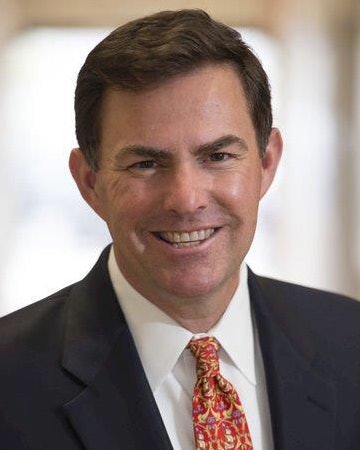 Eric Bing, chancellor of the College of Health Care Professions
Eric Bing, chancellor of the College of Health Care Professions
Pulling this off required a high level of coordination between CHCP and Alamo, with weekly calls between the teams to discuss student progress. According to Bing, it was challenging to align the different reporting requirements of the organizations as well as to build out processes for managing student cases together. But the staff members stayed open-minded and focused on their common goal.
“The teams did an extraordinary job working together,” said Bing.
Although the collaboration between Alamo and CHCP was obviously successful, team-ups between community colleges and for-profit institutions remain relatively rare.









